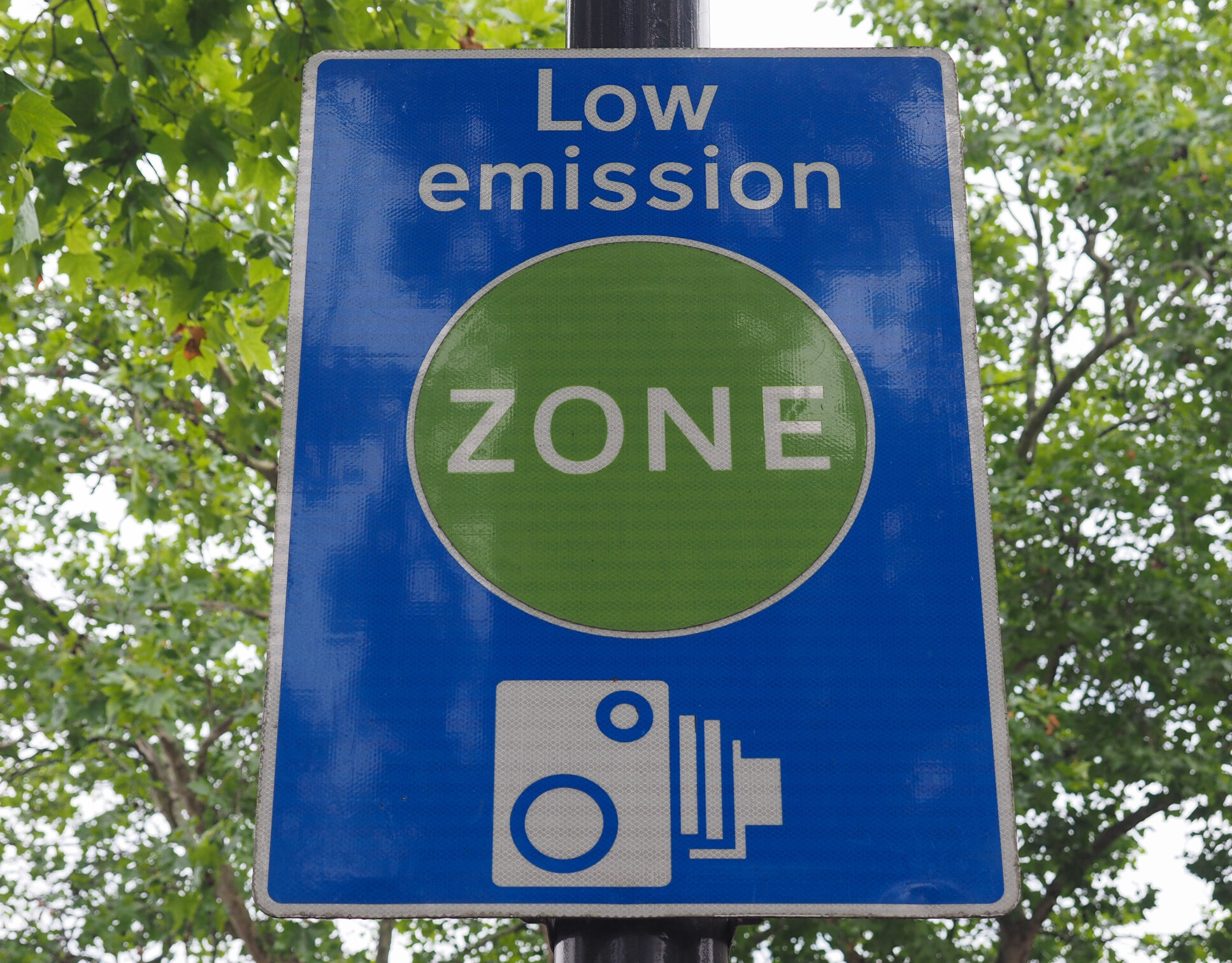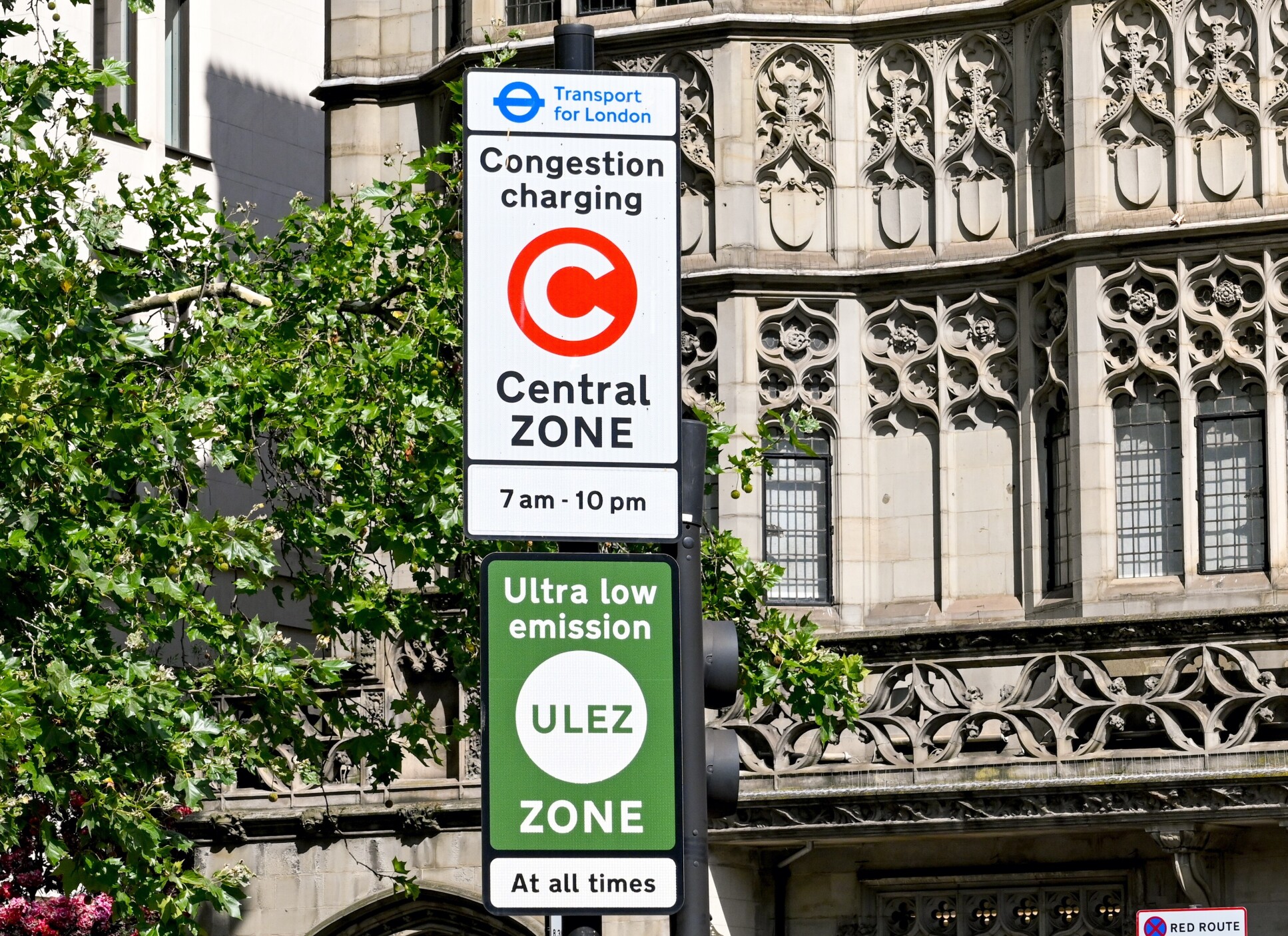UK (Imperial College London) Low Emission and Congestion Charge Zones linked with public health benefits

Measures to reduce congestion and air pollution from vehicles in major cities can have a beneficial impact on health outcomes, a new review finds.
In an analysis of the published scientific evidence to date, researchers from Imperial College London looked at the health impacts of Low Emission Zones (LEZs) and Congestion Charging Zones (CCZs) in several cities in the UK, Europe and Asia.
They found that across multiple cities there was a decline in measures of cardiovascular disease (such as hospital admissions) associated with LEZs and an overall reduction in road traffic injuries associated with CCZs, following their introduction.
Our review brings together the global evidence to help understand how effective LEZs and CCZs are in bringing about benefits to public health. We found evidence of health benefits within a relatively short time of implementation, particularly in relation to cardiovascular disease and road traffic injuries.Rosemary ChamberlainSchool of Public Health
According to the researchers, their analysis highlights the potential benefits of introducing LEZs and CCZs on public health. They stress that the review does not include analysis of the impact of the London Ultra-Low Emission Zone (ULEZ) or projections of its expansion.
The findings are published today in The Lancet Public Health.
Dr Anthony Laverty, Senior Lecturer within the School of Public Health at Imperial College London, said: “We know air and noise pollution associated with road traffic can have harmful impacts on cardiovascular health, such as through increased blood pressure, impacting sleep, and directly through small particles being inhaled into the lungs.
“While interventions such as LEZs can go some way to reducing these impacts, measuring their impact on health outcomes is difficult. Here, we bring together measures of health outcomes from multiple sources to show that overall, LEZs and CCZs can bring about direct benefits to public health, with a demonstrable reduction in cardiovascular disease outcomes and road traffic injuries.”
Rosemary Chamberlain, a PhD candidate within the MRC Centre for Environment and Health and School of Public Health at Imperial and first author of the study, said: “Measuring the impact of interventions like LEZs can be difficult. Our review brings together the global evidence to help understand how effective LEZs and CCZs are in bringing about benefits to public health.
“We found evidence of health benefits within a relatively short time of implementation, particularly in relation to cardiovascular disease and road traffic injuries.”
Improving air quality
LEZs are designed to reduce levels of ambient air pollution in cities by restricting or charging the most polluting and typically older vehicles. Zones have been implemented in several cities in the UK (including London, Bristol, Edinburgh), as well as across the European Union and around the world.
The zones aim to restrict the most polluting vehicles on city roads and so reduce vehicle emissions and the levels of fine particles and nitrogen dioxide which can be inhaled deep into the lung and impact our health. However, systematic assessment of the impact these zones have on public health has been limited.

CCZs are designed to reduce traffic congestion in cities by charging vehicle owners for driving in certain zones, with no or little focus on emission standards.
In a systematic review of the available empirical evidence on the measured health impacts of these interventions in major cities, the Imperial team looked at an initial pool of more than 2000 potentially relevant studies, ultimately analysing findings from 16 studies on LEZs and CCZs which included suitable measures of health outcomes.
Eight of the studies assessed LEZs (published between 2011-2022), with four focused on German cities, two on Japan (Tokyo), one on Italy (Milan), and one on UK (London). The remaining eight studies assessed CCZs, and were published between 2005 and 2021.
Low emission and congestion charge zones
Reviewing the available evidence for LEZs, they found the majority of studies that looked at cardiovascular disease showed an LEZ-associated reduction in one or more cardiovascular outcome, such as a 4.6% reduction in high blood pressure in Germany, and a 11% reduction in cardiovascular deaths in Japan.[1]
However, evidence for the impact of LEZs on respiratory and other outcomes was less clear. While none of the studies showed an increase in respiratory disease associated with LEZs, only two studies found LEZ-associated reductions in any respiratory disease outcomes.
The majority of available evidence for CCZs focused on London, with analysis showing an overall reduction in road traffic injuries, mainly involving cars, associated with the introduction of the CCZ. One report[2] comparing the London CCZ to other major cities in England found a CCZ-associated decrease of 5.3% in total car incidents, including slight, and severe or fatal injuries.
While interventions such as LEZs can go some way to reducing these impacts, measuring their impact on health outcomes is difficult. Here, we bring together measures of health outcomes from multiple sources to show that overall, LEZs and CCZs can bring about direct benefits to public healthDr Anthony LavertySchool of Public Health
The same study also found evidence suggesting the introduction of the CCZ in London was associated with increases in minor bicycle-related injuries, and motorcycle-related injuries and deaths.
However, these apparent increases in bicycle or motorcycle-related injuries were not supported by other studies in the review.
The authors believe that any increases could be linked to increased use of bicycles and motorcycles and may not necessarily mean that journeys have become more dangerous.
The authors highlight several limitations to their review, including the small number of studies, as well as differences in measures among the studies – for example, measures of LEZ-associated cardiovascular disease outcomes are not available across all cities.
They add that while measures of other health outcomes were included in the pool of studies, such as birth outcomes, dementia, diabetes and all-cause mortality, there were few studies on these, meaning that effects were less clear than those on cardiovascular disease and road traffic injury.

Dr Laverty added: “As with any interventions based on financial penalties to incentivize change, careful consideration of how and where they are implemented is key. One argument against LEZs in cities is that they can hit people on lower incomes the hardest.
“But the reality is that poor air quality and associated ill-health often most impact the poorest in our cities. We need to address this in order to improve air quality and public health. Continued monitoring and evaluation remain crucial, but this review and other evidence supports efforts to reduce the use of private motor vehicles, particularly older more polluting vehicles, in cities.”
The research was supported with funding from the UKRI Medical Research Council, the National Institute for Health and Care Research (NIHR) School for Public Health Research and the NIHR Health Protection Research Unit (HPRU) in Chemical and Radiation Threats and Hazards, a research partnership between Imperial College London and the UK Health Security Agency (UKHSA).
